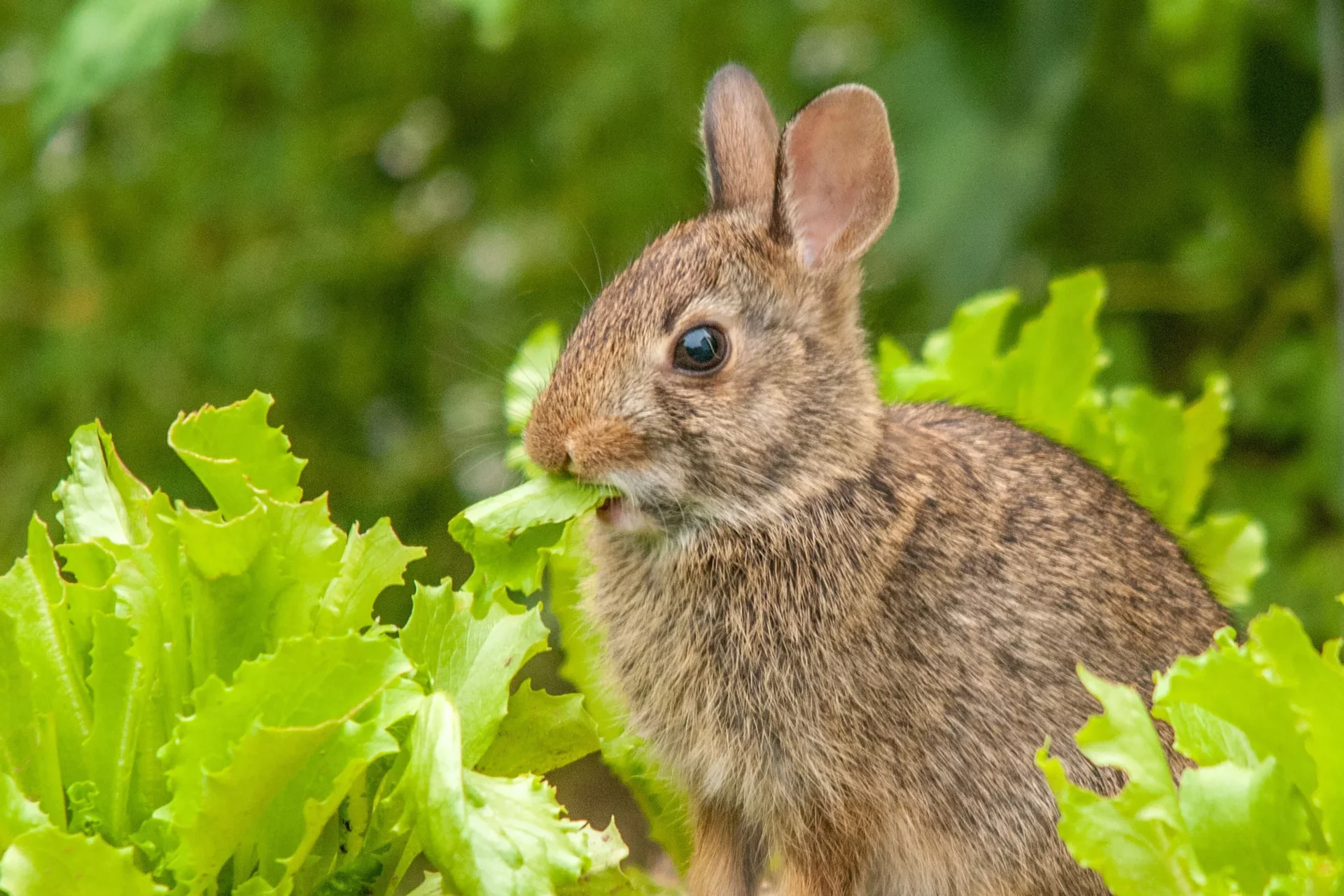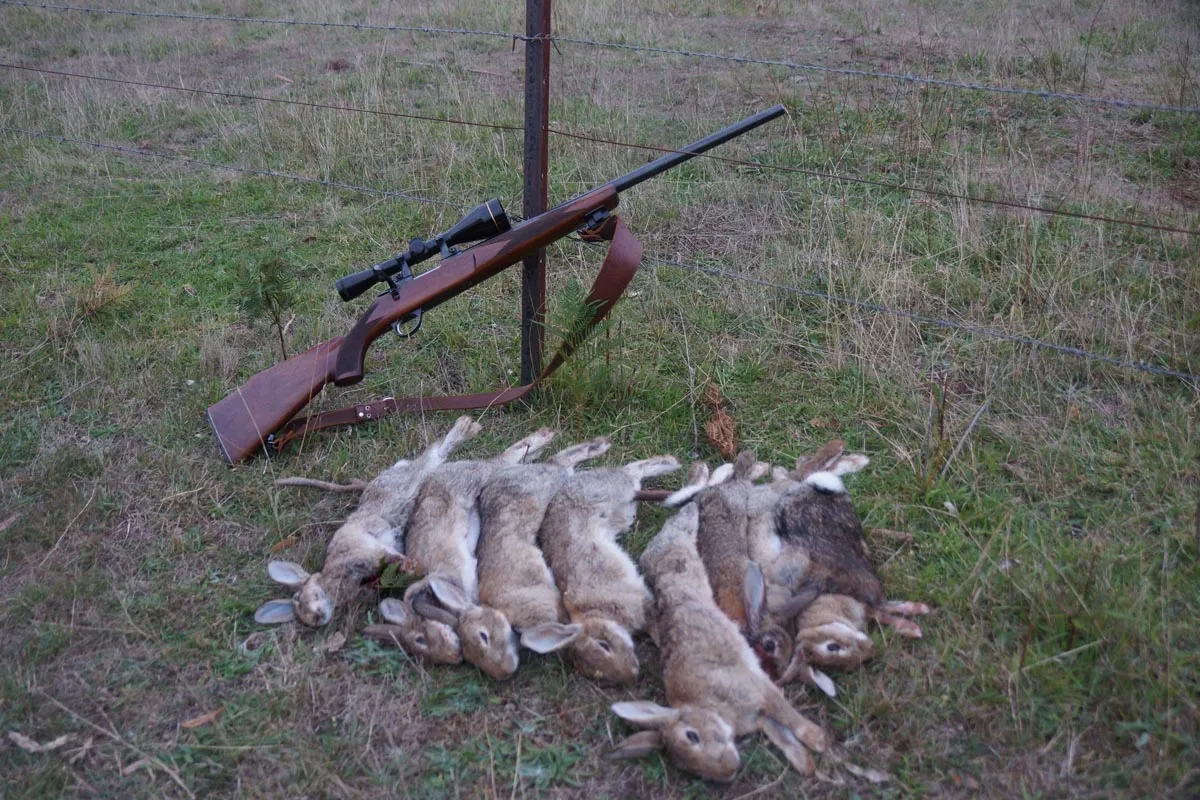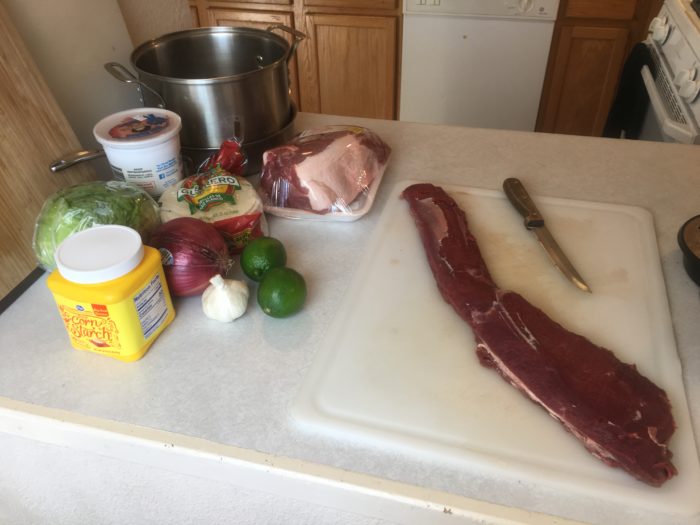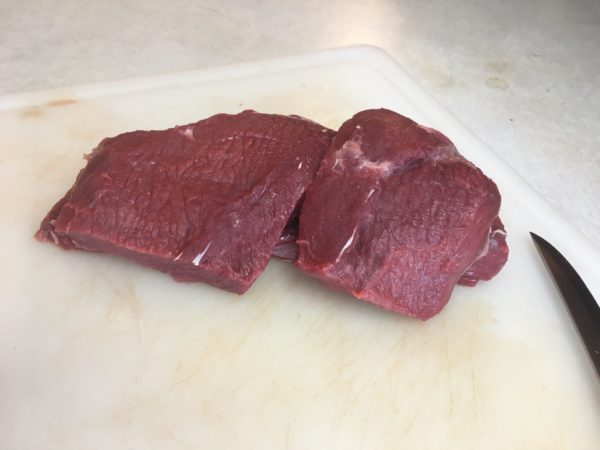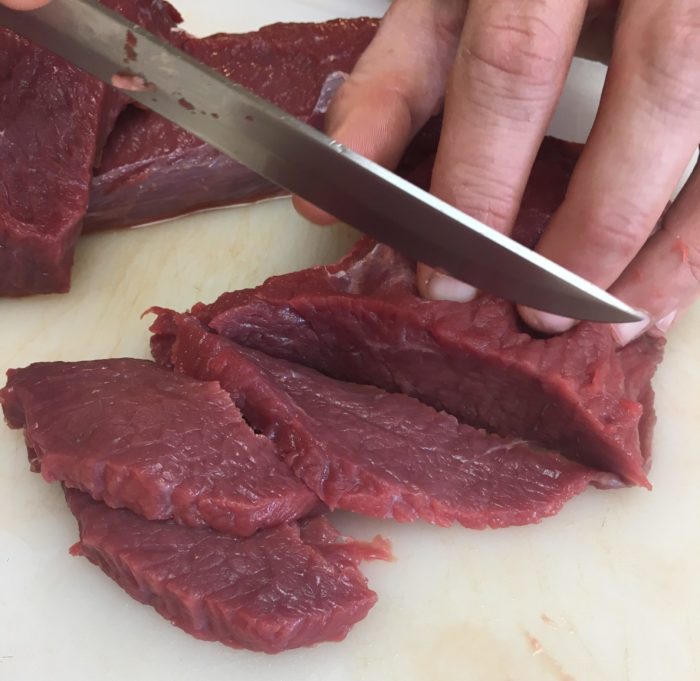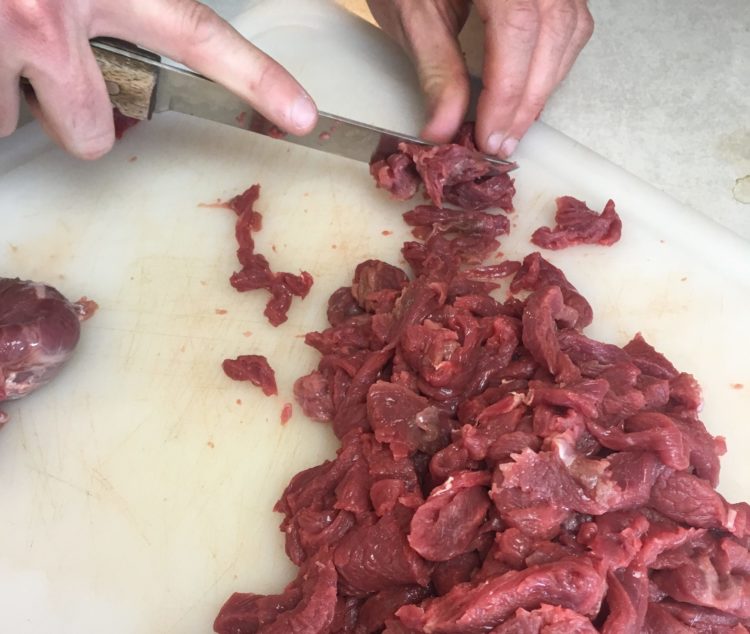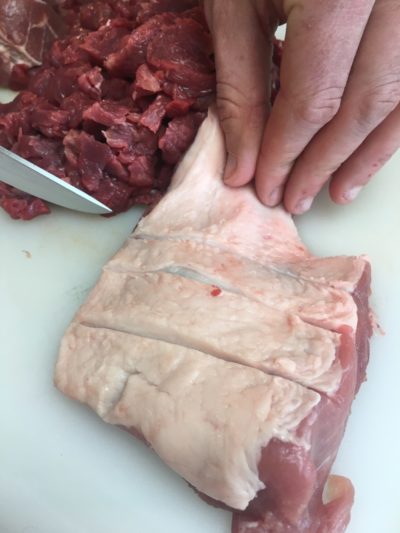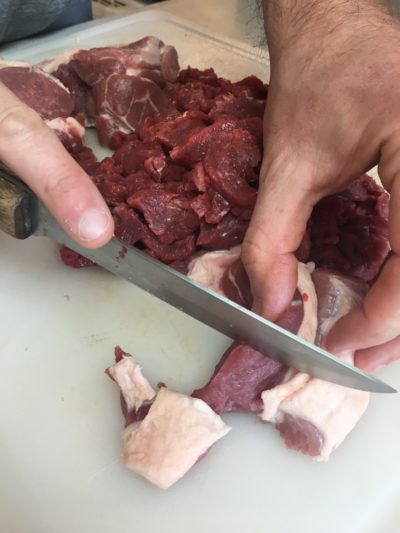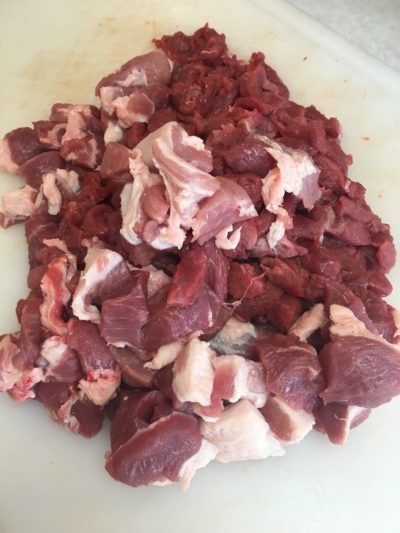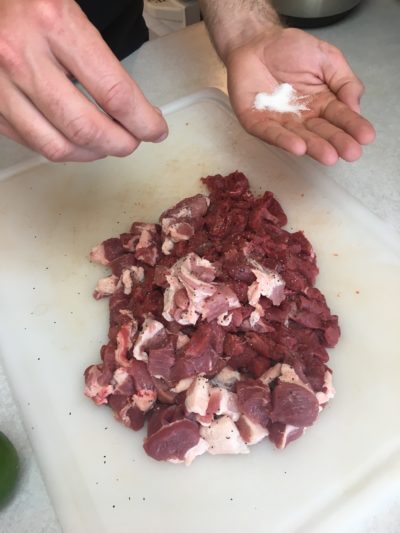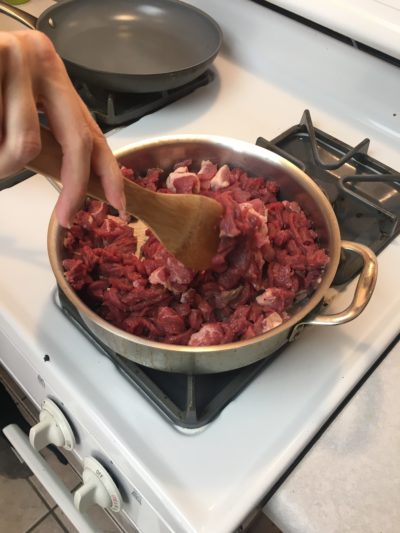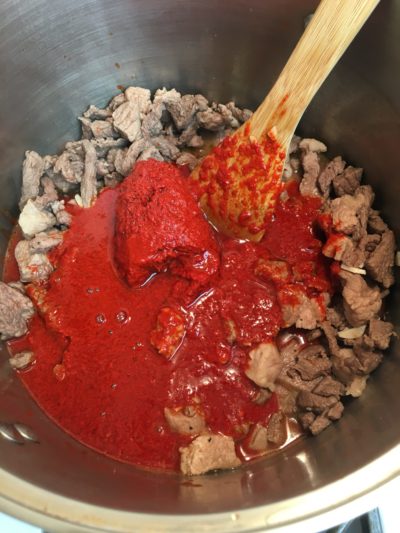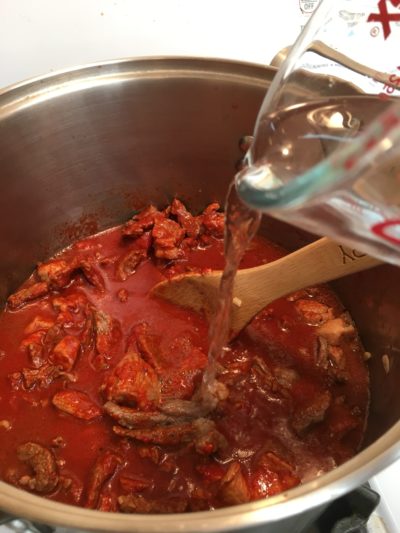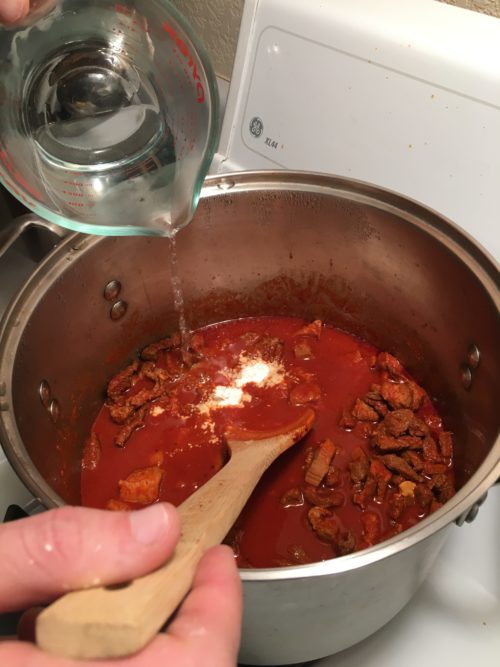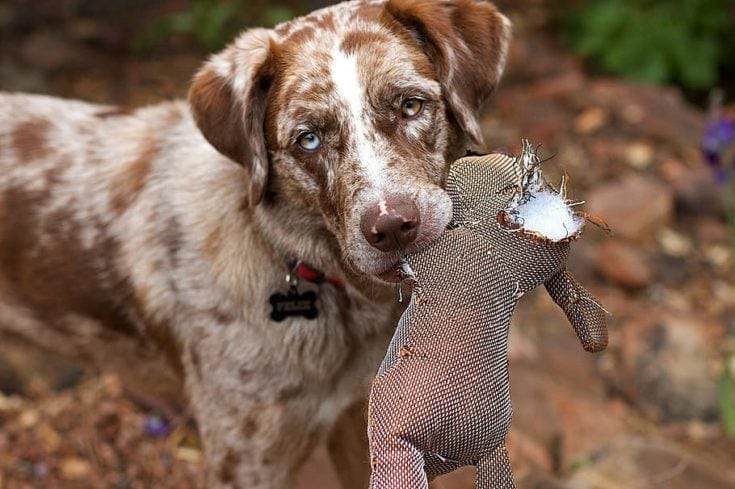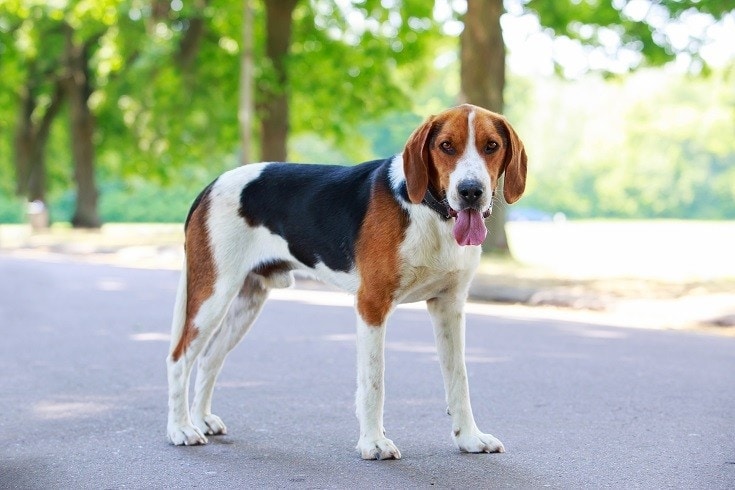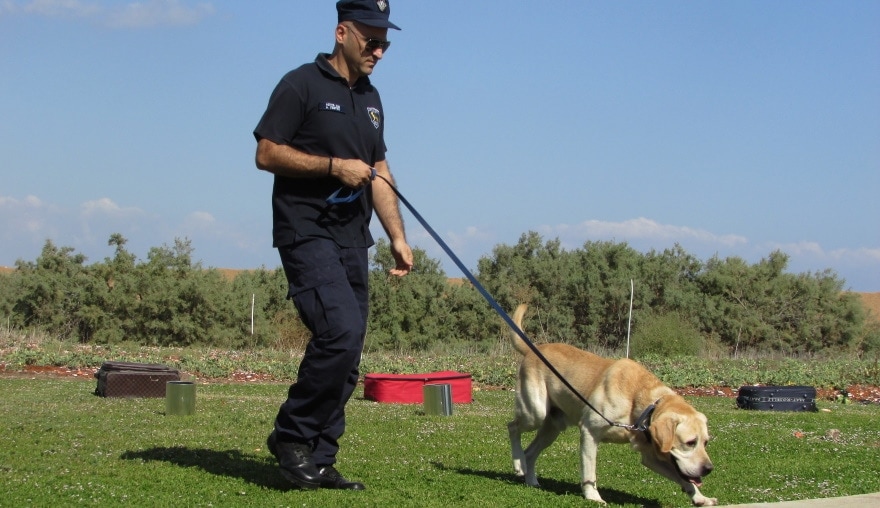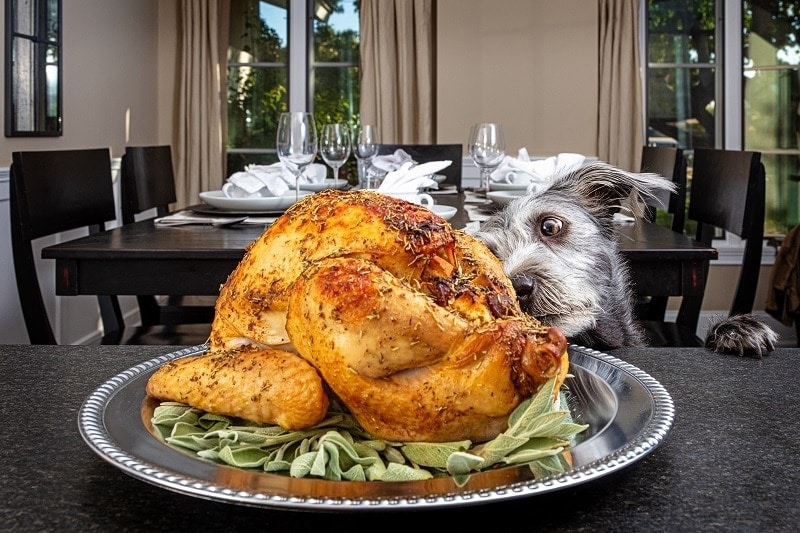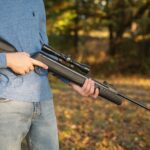Not sure what suppressor sights to get for your Glock?
Look no further.
I’ve tested ALL the best Glock suppressor sights, arranged them into categories, and even included accessories and installation techniques.
By the end of this guide, you’ll find the perfect suppressor sight for your Glock.
Let’s get started!
Trijicon Glock Suppressor Night Sight Set
Trijicon Bright & Tough Night Sight Suppressor Set
AMERIGLO GL-506 Tall Black Serrated Suppressor
AMERIGLO GL-329 Tall Suppress
Table of Contents
What are Suppressor Sights?
There are two key factors to shooting accurately when using a handgun with iron sights: correct sight alignment and a clear sight picture.
Many shooters own Glock pistols fitted with suppressors or have the best reflex sights installed on their handguns. Unfortunately, your line of sight will be obstructed when using factory sights.
How?
Due to the circumference of most suppressors— being larger than the barrel of the handgun— it can block the sight picture ahead of the front sight.
Also, if you have a red dot installed on the slide, the RDS housing sits in between the front and rear sights. This can obscure your target.
If your pistol is configured this way, you’ll most likely need to install suppressor sights.
These are aftermarket sights that are specially engineered to sit higher than the suppressor, making your line of sight unobstructed again.
The Best Glock Suppressor Sights
If you’re pressed on time, here’s a quick list of the best Glock suppressor sights:
- Trijicon Glock Suppressor Night Sights Set: Best Glock 19 Suppressor Sights
- Trijicon Bright & Tough Night Sights Suppressor Set: Best Night Sights for Glock
- AMERIGLO GL-506 Tall Black Serrated Suppressor: Best for the Budget
- AMERIGLO GL-329 Tall Suppress: Best for Glock 17
1. Trijicon Glock Suppressor Night Sight Set: Best Glock 19 Suppressor Sights
The Trijicon Glock Night Set is the best suppressor height sight for the Glock 19.
Trijicon specifically engineered this sight to be used with a suppressor or as backup iron sights.
In fact:
They advertise it to improve shooting accuracy by as much as five times compared to just conventional sights.
My question: Is this true?
Let’s find out!
Brightness
The Trijicon Glock suppressor sights have an exceptionally visible sight picture.
Each lamp is capped with a sapphire jewel intended to evenly distribute the light. I can confirm it performs well in no-light and low-light situations.
The white outline helps with the visibility— day or night. The different colored Tritium lamps give great contrast for quick target acquisition.
I do understand the orange trits have a shorter lifespan, but given the affordable price tag, I don’t mind it at all given the sight picture.

Durability
The Trijicon Suppressor Night Sights have a sleek yet durable finish.
These sights’ tritium lamps are contained inside aluminum cylinders for maximum protection.
It also comes with extra silicone rubber cushioning for heavy recoil. You won’t need to worry about harsh cleaning solvents either.
One con I’d like to point out:
The edges of the rear and front sights are VERY sharp. It becomes uncomfortable after a while unless I’m wearing an undershirt.
Mounting & Installation
The Trijicon Suppressor Night Sight Set is incredibly easy to install.

I used a front sight hex tool
and a universal sight pusher tool from Amazon.
Before installing the front sight, I dropped a little Loctite Heavy Duty Threadlocker to secure the screw into the front sight base. It wiggles slightly but doesn’t affect the accuracy of the gun at all.
On the plus side, it co-witnesses perfectly with my suppressor and Trijicon RMR.

Is the Trijicon Night Sight Set worth it?
If you’re looking for excellent sights that are easy to install on your Glock 19, get the Trijicon Glock Suppressor Night Sight Set.
Why? It guarantees:
- Quick installation
- Durable construction
- Self-illuminated Bright Tritium
- Excellent low light performance
Plus, Trijicon offers a warranty on all sights to be free of defects in material and workmanship for the lifetime of the original owner. If you find any issues, they’ll replace them free of charge.

Overall, the Trijicon Suppressor Night Sight Set works flawlessly.
In case you didn’t know, Trijicon is on the top of my list for the best mp shield night sights as well. I mean— It’s Trijicon, after all.
2. Trijicon Bright & Tough Night Sight Suppressor Set: Best Night Sights for Glock
The Trijicon Bright & Tough Night Sight Suppressor Set is the best night sight for the Glock.
As a matter of fact:
Almost all of my handguns have Trijicon night sights installed on them.
BUT, I’m not biased. I put these sights through torture and hand-testing
Here’s how it went…
Brightness
The Trijicon Bright & Tough Set is remarkably visible— both day and night.

It’s not too bright where your eye is distracted but bright enough to quickly acquire your target and get a perfect sight picture.
I keep it on my nightstand and I can easily tell how my handgun’s positioned thanks to the trillium.
I prefer the white outline on the front and rear sights. Some shooters choose orange on the front, but all white works just as well, especially if you have old eyes.
On that note:
If you co-witness with red dots and struggle shooting accurately, I recommend checking out holographic weapon sights (like the EOTECH EXPS2 or 3).
Durability
The Trijicon Bright and Tough sights live up to their name— insanely tough.

These night sights are constructed with a metal body and silicone rubber cushions for high-grade durability.
The Bright & Tough sights’ aluminum cylinders protect the tritium lamps from heavy recoil. I’ve also done multiple drop tests and found no issues.

These sights were produced almost two decades ago and they still perform just as well as the day I purchased them.
Mounting & Installation
Installing the Trijicon Suppressor Night Sight Set is a breeze.

I currently have them mounted on my gen 5 Glock 19 MOS. The front sight takes a little bit of effort to get perfectly aligned and torqued but it worked great in the end.
Plus, they co-witness like a dream with my suppressor and Vortex Sparc red dot combo.
Additionally:
I bought a Safariland Hi-Ride Belt Loop Holster which has a built-in ridge to accommodate the suppressor height front sight.
Overall, I’m very happy with the entire configuration together.

Is the Trijicon Glock Suppressor Night Sight Set worth it?
Absolutely! The Trijicon Bright & Tough Night Sight Set is an excellent choice when you’re running a suppressor on your Glock.
Why? It features:
- Unmatched durability
- Enhanced sight acquisition
- Long-lasting and bright Tritium night sights
- Compatibility with many Glock models
To top it all off:
The yellow tritium lamp has a warranty for 12 years and the orange lamp for 5 years from the date of original manufacture.
The Trijicon Bright & Tough Night Sight Set may be more expensive but definitely a top choice by many Glock owners.
Speaking of top choices, check out my latest review on the best quick detach scope mounts!
3. AMERIGLO GL-506 Tall Black Serrated Suppressor: Best for the Budget
The AMERIGLO GL-506 Suppressor Set is the best sight for your money.
Before I made my purchase, I did some research and discovered rave reviews on these $45 sights.
I had to try it out myself! Needless to say, I’m impressed.
Here’s why…
Brightness
The AMERIGLO GL-506 performs well in high contrast/light conditions.
Why?
These aren’t night sights. They’re black suppressor height sights with no markings. They still work in lowlight conditions, but not like your tritium night sights.
The front sight post is serrated to reduce glare from sunlight. Also, the rear sight design allows easy, one-handed slide manipulation.
These iron sights are amazing for suppressor use, but here’s why I really like them:
The blacked-out front sight is exceptional for red dot use especially when combined with night vision. It reduces the clutter of your sight picture for simple front sight acquisition.
Many shooters find tritium night sights too distracting, especially in the dark. If you’re one of them, this will work wonders for you.
If not, you can also get the Green Tritium and Orange Outline Front with the Black Rear version.
No products found.
Durability
The AMERIGLO GL-506 sights can stand up to harsh conditions.
Made from machined steel, these sights are durable and reliable— regardless of what type of environment you’re shooting in.
Mounting & Installation
Installation is easy and took me about 10 minutes tops.
Make sure you drop a bit of Loctite Heavy Duty Threadlocker for security. Trust me, you don’t want your front sight coming off with recoil.
I installed the rear sight using the StarONE Universal Handguns Sight Pusher Tool with a plastic barrier and no markings occurred.
This sight set fits all Glock models (except 42/43). It sits at the right height and worked phenomenally with my 9mm suppressor.
It can also co-witness with red-dot sights like the Holosun 510c, the Vortex Strikefire II, or the Vortex Sparc.
Trust me: I tried them all.
Is the AMERIGLO GL-506 Tall Black Serrated Suppressor worth it?
Frankly, the AMERIGLO GL-506 sights are the best bang for your buck when you’re running a suppressor on your Glock.
Why? It comes with:
- Durable design
- Affordable price tag
- Low-light level capability
- Co-witnesses with many optics
The sights are backed up by AMERIGLO’s warranty. So long as you keep the receipt, you can easily request a replacement or repair. Also, their customer service is always A+.
Overall, the AMERIGLO GL-506 Serrated Suppressor is an excellent addition to any Glock MOS with a suppressor or any other red-dot-ready pistol.
Speaking of great additions: don’t forget to check out my latest Vortex Spitfire 3x review!
4. AMERIGLO GL-329 Tall Suppress: Best for Glock 17
The AMERIGLO GL-329 Tall Suppress is one of the best Glock suppressor sights I’ve used on the Glock 17.
In fact:
These sights worked so well, I shot 200 rounds easily on the day I tested it out on the range.
Let’s take a closer look…
Brightness
With the AMERIGLO GL-329, I have no problems shooting in low and no-light conditions.
The three-dot sight comes with white rings for daytime use & green tritium for low light detection and sight alignment. The large, bold dots make it easy to spot and grab the pistol at night.
The front sight is about .314” high and the rear sight sits at about .310”.

I haven’t had any issues personally but always check to make sure this provides enough clearance for your suppressor.
Durability
The AMERIGLO GL-329 Tall Suppress is built to last.
The sights are machined from bar stock steel and assembled with Swiss-made tritium. This combination results in ultra-durability and recoil resistance.
If you plan on using your Glock 17 for home defense and personal protection, the AMERIGLO GL-329 won’t fail you.

Mounting & Installation
Both front and rear sights took 15 minutes to install.
The package includes both the front sight and a standard, dovetail rear sight.

I marked the center of the stock sights on the slide with a pencil, then used a brass punch and hammer to drive out the old. I installed the new sights and aligned them with the previous mark I made.

Word of advice:
The front sight post does have some wiggle room, so double-check that you’ve got it straight before torquing to spec with the Loctite. Once they’re in, they’ll be secured without issues.
Also:
The top of the front sight is only visible at the very bottom of a Vortex Venom or Viper. If you intend to co-witness with the Vortex red dots, you may need to find taller suppressor heights.

Is the AMERIGLO GL-329 Tall Suppressor worth it?
If you’re looking for a reliable and reasonably priced suppressor for your Glock 17, the AMERIGLO GL-329 is for you.
Why? It comes with:
- Low price tag
- Fits almost all Glocks
- Popular 3-dot configuration
- Excellent low-light performance
Additionally, the green tritium lamps are under warranty for 12 years after the date of manufacture and are guaranteed to last just as long.
If they do break, you can easily send them back with the company return form and AMERIGLO will replace or repair it. No questions asked.
With a combination of dependability and affordability, you really can’t go wrong with the AMERIGLO GL-329.
If you’re interested in more awesome handgun sights, check out my latest review of the best Walther PPQ M2 sights.
How to Install Glock Suppressor Sights?
One of the most common upgrades for Glock pistols is replacement sights.
If you install a suppressor or a red dot sight, you’ll most likely need a suppressor sight to shoot accurately— even if you’re using the best sights for the Glock 34.
So, here’s how to install the best Glock suppressor sights:
For the instructions below, I’ll be using the following tools:
- Front Sight Tool
- Rear Sight Pusher Tool
- Loctite Heavy Duty Threadlocker
- Gunsmith Punch Set
- Nylon Vice Jaws
Step 1: Disassemble
Safely disassemble your Glock pistols. Make sure your weapon is unloaded, remove the magazine, etc. Then remove the recoil spring and barrel so you only have your slide left.
Step 2: Remove Front Sight
Get your screwdriver and remove the bolt for the front sight.
Make sure you save your old sights. If something happens and you need to return or replace your new sights, you need the original set to put back on your pistol so it can still be serviceable.
I like to screw in the old bolt back into the sight. That way, I don’t mix up the screws.
What I mean is— most of the time, the screw that goes into the Trijicon sight won’t fit into the original Glock front sight.
Step 3: Remove Rear Sight
For removing the rear sight, you have two options: using a rear sight pusher tool or you could also use a hammer and non-marring punch.
I highly recommend using the rear sight pusher tool. With this, you can simply clamp the slide and rotate the “pusher” to gently slide the old sight off.
Step 4: Install New Sights
FRONT SIGHT
Place the new front sight on top of the pistol. Apply a drop of the Loctite onto the new screw. Make sure you hold the sight while tightening the nut.
If you tighten too much, you can damage the sight. Before fully tightening, ensure that the sight is straight so you can make adjustments as needed.
On a side note:
I just made an in-depth guide on the best way to do an AR-15 A2 front sight removal. I highly recommend checking it out!
Moving along…
REAR SIGHT
As with removing the rear sight, I recommend using the pusher tool to install your new sights.
Start by aligning the new sight on the slider, then clamp both the slider and sight down. You can then turn the screw on the “pusher” and move the sight into place.
If you don’t have a sight pusher:
Place the slide into the vice jaw. Stage the new rear sight into the dovetail on the left side of the slide. Once you’re able to get about half of the sight base into the dovetail, start to tap the sight in place with a hammer and non-marring punch.
Be sure you use moderate hammer strikes so as not to hit your slide or your fingers. Lastly, make sure the rear sight is aligned with the rear dovetail. You can typically eyeball it or use calipers.
By the way, if you don’t have a rear sight pusher, here’s a great video guide on how to remove and install your suppressor sights.
Properly installing your suppressor sights is key to accuracy, but having an excellent suppressor sight, to begin with, can reduce a lot of work and frustration.
There are many options on the market and scouting the internet for dependable ones can take a lot of your time. The good news?
I already researched, hand-tested, and listed the best Glock suppressor sights for your every need above 🙂
Now It’s Your Turn
I hope you enjoyed my best Glock suppressor sights guide.
Now I want to turn it over to you:
Which suppressor sight will you pick for your Glock models? Or perhaps you already have one and would like to share your thoughts.
Either way, let me know by leaving a quick comment down below.








![Air gun 101: The differences between .177 & .22 – Which jobs they do best ? [Infographic]](https://airgunmaniac.b-cdn.net/wp-content/uploads/2024/11/1773-218x150.jpeg)


































